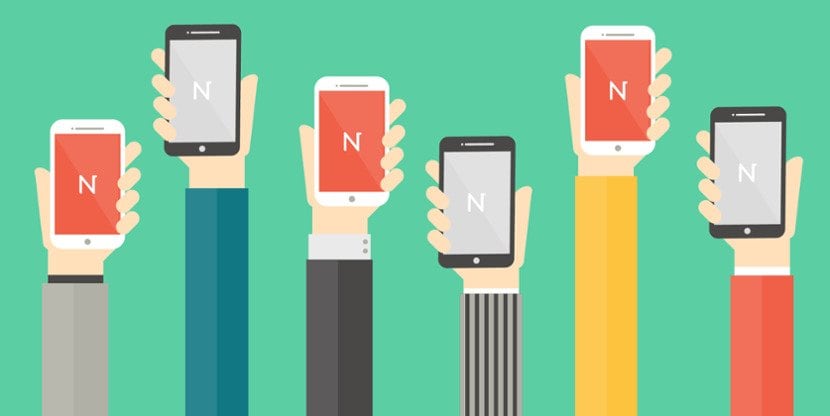
Dear retailers: Here’s what your associates really, really want
I am writing to you on behalf of your frontline employees and their frustration when it comes to workplace practices.
Do you remember playing broken telephone when you were younger? In order to communicate your message, it would be passed along a chain of people. The fun of the game was that in the end, the message was entirely altered. The retail industry also seems to be playing the broken telephone game, but it’s happening unintentionally.
In order to successfully implement new initiatives, you must send a message through a series of management levels. Similarly to playing broken telephone, there’s no way to ensure that the exact original message is being continuously communicated.
“Workers who are on the frontline have the most influence on the customer’s experience. Their attitude and commitment can mean the difference between successful sales and lost opportunities. This makes it important for companies in every industry to implement employee engagement practices as a way to improve customer satisfaction.” —Omega Management Group
When it comes down to implementing retail initiatives, your frontline employees will be the one to roll out your strategy. Your team may put in countless hours prepping a strategy that in the end, doesn’t reach its full potential due to poorly communicated and altered information.
You may think that your strategies are failing, or that you may not be able to create a culture of caring, but 68% of frontline employees rank their employers as doing poorly in communicating with them. With this kind of miscommunication, it is impossible to trust that your message is being conveyed effectively, making it very difficult for frontline employees to do an exceptional job.
So let me tell you what your frontline employees want:
1. Constant communication
One way in which retailers communicate current initiatives with their frontline staff is through e-mail. Employees are sent emails, which get lost in their inbox with thousands of other emails, only to be confused as spam. Did you know, only 11.27% of retail e-mails are opened? This means that the chances that your team is digesting your message are slim to none.
E-mail is dead—but technology is more relevant than ever.
Optimize your use of technology to develop constant communication with your frontline team. Mobile apps for the purpose of engaging your team are the perfect way to use technology to maintain a continuous connection with your retail team and help motivate them.
2. Ongoing training
Training in the retail industry shouldn’t stop after an employee’s orientation training. Since there are always new sales promotions, company updates, and marketing strategies being implemented, it is important to keep your employees informed about current company initiatives, and ready to help roll them out.
The way to create a culture of caring for frontline employees comes down to engagement. If they are not being continuously trained and educated on the strategies being implemented at the company they work for, they will not be engaged.
3. Opportunity for feedback
Providing employees with a platform for feedback essentially gives you insight into customer opinions and preferences – straight from the source. Frontline employees interact with your customers on a daily basis, giving them a valuable perspective on what they really want.
Apart from providing insights, feedback from frontline employees also allows them to share their ideas for change. Since they spend the most time in-store, they may have some great ideas on how to improve your business. It will also allow employees to feel engaged and create a voice for themselves. Disengaged employees cost their employers on average 46% of their salaries in lost productivity. By allowing them to interact directly with corporate through a platform for feedback, they can become much more engaged and passionate about their work.
Bottom line is, your customers run your business. Connecting with employees who directly communicate with them will allow you to grow your business and ensure that companywide initiatives reach their full potential.




 Forget the 9 to 5
Forget the 9 to 5 The days of cubicle desks and annual reviews are over
The days of cubicle desks and annual reviews are over
 Unimin designed the Going For Zero program as a “comprehensive, step-change approach to safety that combines training, rigorous adherence to lifesaving rules and peer practice to make every employee a safety leader”. While Unimin’s goals were clear, finding a method to ensure that team members were knowledgeable, capable, and actively engaged in safety was not.
Unimin designed the Going For Zero program as a “comprehensive, step-change approach to safety that combines training, rigorous adherence to lifesaving rules and peer practice to make every employee a safety leader”. While Unimin’s goals were clear, finding a method to ensure that team members were knowledgeable, capable, and actively engaged in safety was not.
